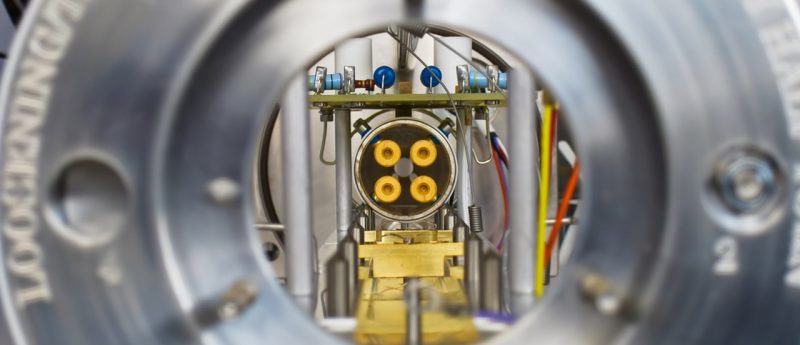Variability of the IS revealed ionization enhancement by bile acid in mouse plasma

Background: Elevated IS response was observed in 22 out of 157 mouse plasma samples in a 3-month toxicity study. This initiated a root cause investigation. Results: Mass spectra revealed that taurocholic acid (TCA) was present in the samples, partially eluted overlapping the analyte peak. An enhanced IS response (>twofold) was reproduced by injecting TCA together with the IS. Tests with five other drug compounds showed compound dependent matrix effects on ESI; enhancement as well as suppression. The matrix effects did not affect the integrity of study results, most likely due to the use of a 13C-labeled IS. Conclusion: The variability of TCA levels in plasma as well as the observed instability of the chromatographic retention complicates the evaluation of TCA-induced matrix effects during method development. Thus, monitoring the IS response in incurred samples is a useful tool to evaluate the performance of a validated method.
The fact that components in a processed biological sample, analyzed by LC–MS, may alter the ionization efficiency, and the potential consequences for quantitative measurements, was highlighted by Matuszewski et al. in 1998 [1]. Since then much attention has been paid to the phenomenon referred to as ‘matrix effects on (electrospray) ionization’ or simply ‘matrix effects’, although the latter term could include all effects of sample matrix components on the quantitative measurement of an analyte. Several classes of compounds, which are or may be present in biosamples, have been shown to generate matrix effects. Phospholipids were early identified as one such class of endogenous compounds [2–5].
Click here for the full article.




